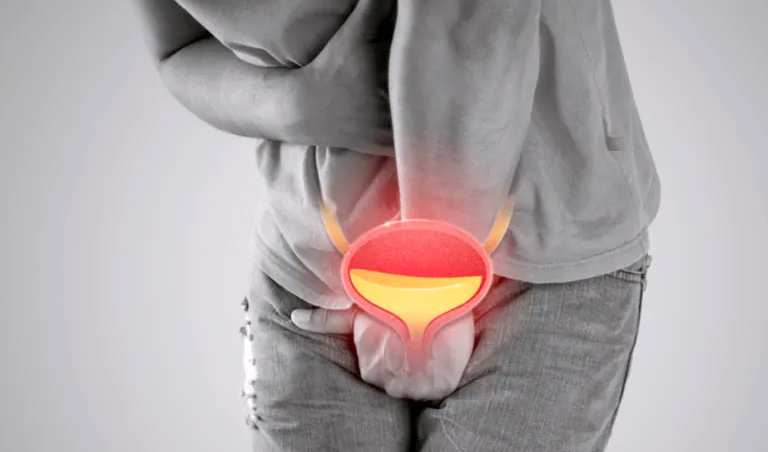Treatments of Urinary Tract Infection (UTI)
Urinary tract infections (UTIs) are commonly treated with antibiotics to eliminate the bacterial infection. The choice of antibiotic and duration of treatment depend on several factors, including the type of UTI (lower or upper tract infection), the severity of symptoms, the patient's age and health status, and any previous antibiotic resistance patterns. Here’s a comprehensive overview of treatments for UTIs:
Antibiotic Therapy
1. Uncomplicated Lower UTI (Cystitis):
- First-Line Antibiotics:
- Trimethoprim/Sulfamethoxazole (TMP/SMX): Often used as the first-line treatment for uncomplicated UTIs.
- Nitrofurantoin: Another common first-line agent for uncomplicated cystitis.
- Fosfomycin: A single-dose antibiotic used as an alternative first-line treatment.
- Duration: Typically 3 to 7 days, depending on the antibiotic chosen and the severity of symptoms.
2. Complicated UTI or Upper UTI (Pyelonephritis):
- Broad-Spectrum Antibiotics:
- Fluoroquinolones: Such as ciprofloxacin or levofloxacin, commonly used for complicated UTIs or pyelonephritis.
- Cephalosporins: Third-generation cephalosporins like ceftriaxone or cefotaxime are also effective.
- Aminoglycosides: Reserved for severe infections or cases of antibiotic resistance.
- Duration: Usually 7 to 14 days, depending on the severity of the infection and patient response.
3. Recurrent UTIs:
- Antibiotic Prophylaxis: Long-term, low-dose antibiotics may be prescribed to prevent recurrent UTIs in individuals prone to frequent infections.
- Postcoital Prophylaxis: A single dose of antibiotic taken after sexual intercourse may be recommended for individuals who experience UTIs associated with sexual activity.
Symptomatic Relief and Adjunctive Therapies
In addition to antibiotics, the following measures may help alleviate symptoms and promote recovery:
- Pain Relief: Nonsteroidal anti-inflammatory drugs (NSAIDs) or acetaminophen can relieve pain and discomfort associated with UTI symptoms.
- Increased Fluid Intake: Drinking plenty of water can help flush out bacteria from the urinary tract and promote healing.
- Urinary Alkalinizers: Used to alleviate symptoms associated with acidic urine, although they do not directly treat the infection.
- Urinary Analgesics: Phenazopyridine (Pyridium) may be used to relieve urinary pain, burning, and urgency. It does not treat the infection but provides symptomatic relief.
Non-Antibiotic Approaches
Some individuals may prefer or require non-antibiotic approaches for managing UTIs, particularly in cases of recurrent infections or antibiotic resistance. These may include:
- Probiotics: Certain strains of probiotics, such as lactobacilli, may help restore and maintain a healthy balance of bacteria in the urinary tract.
- Cranberry Products: Cranberry juice or supplements containing cranberry extract have been studied for their potential to prevent UTIs by preventing bacteria from adhering to the urinary tract walls.
- D-Mannose: A sugar supplement that may help prevent UTIs by preventing bacteria from adhering to the urinary tract.
Prevention Strategies
Preventing UTIs involves a combination of lifestyle modifications and hygiene practices, including:
- Hydration: Drinking plenty of water to maintain adequate urine flow and flush out bacteria.
- Urination Habits: Emptying the bladder regularly and completely, particularly after sexual activity.
- Personal Hygiene: Wiping from front to back after bowel movements, avoiding irritants like feminine hygiene products, and wearing breathable cotton underwear.
- Avoiding Irritants: Minimizing the use of potentially irritating substances like spermicides and certain types of contraceptives.
- Cranberry Products: Consuming cranberry juice or supplements may help prevent UTIs, although evidence is mixed.
Summary
UTIs are typically treated with antibiotics based on the type and severity of the infection. Symptomatic relief measures and non-antibiotic approaches may also be used in conjunction with antibiotic therapy or as alternatives in certain cases. Prevention strategies focus on maintaining good hygiene, hydration, and urinary habits to reduce the risk of UTIs. Consulting with a healthcare provider is essential for accurate diagnosis, appropriate antibiotic selection, and personalized treatment recommendations for UTIs.

